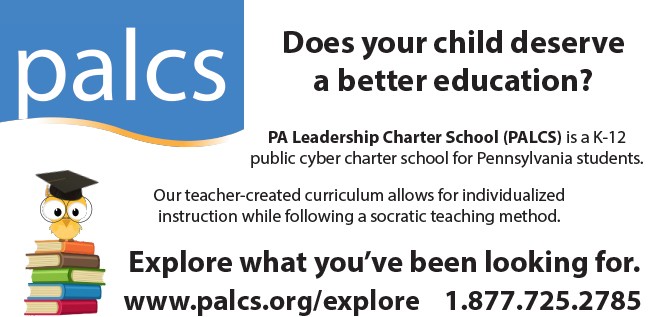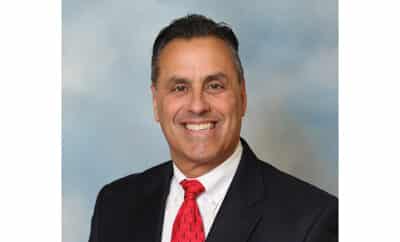Special Education
 By Dr. Heidi Gough
By Dr. Heidi Gough
Director of Marketing and Communications
PA Leadership Charter School
The history of Special Education is an example of how far we have come in supporting children/students with disabilities, but it also speaks of what lies ahead in terms of our nation’s Special Education legislation, policy and advocacy.
The term of Special Education broadly identifies the academic, physical, cognitive and social-emotional instruction provided to children who are faced with one or more disabilities.
Primary educational strides were made in 1975, when the Education for All Handicapped Children Act (EHA) was created. EHA was developed to support children with disabilities and to ensure they had access to a free and appropriate public education (FAPE). All public schools, under EHA were granted federal funds to provide children/students with an educational plan that will not only meet their needs, but should have been parallel to what their non-disabled peers are receiving.
In 1997, EHA was amended and is now known as the Individuals with Disabilities with Education Act of 2004 (IDEA). IDEA defines special education as “specially designed instruction, at no cost to the parents, to meet the unique needs of a child with a disability” IDEA states that in order for a student to be eligible for special education services, his or her academic achievement and/or overall educational performance must be adversely affected.
IDEA changed the level of support for students and called for an increase in the quality of related services, ensuring all students had complete access to the most appropriate education within least restrictive environment.
Under IDEA’s legislation, any student with disabilities aged between three and twenty-one years old will have access to FAPE. Each student identified will have an Individualized Education Program (IEP) and shall be immersed into a classroom with their typically developing peers. Students will have access to qualified Special Education Teachers, therapists, and any additional resources needed to have a positive and effective educational experience.
An IEP is a legal document that clearly defines the student’s goals, objectives and modifications needed, in order to achieve academic success and developmental progress. The data is collected from numerous assessments completed by professionals, parents and family members. It is important to review these goals annually to evaluate milestones and achievements, but also to make sure the student is receiving the correct level of support from their educational environment.
Co-teaching a student with disabilities allows for inclusive education to take place. Co-teaching is when a classroom has both a general education and a special education teacher. This approach is referred to as CTT (Collaborative Team Teaching) or ICT (Integrated Co-Teaching). As described in the NYC Continuum of Services of Students with Disabilities, co-teaching “ensures that students master specific skills and concepts in the general education curriculum.”
It goes without saying that there is still much work to be done in order to fully support and immerse students with special education needs. The changes that have been made are very progressive and hold public schools accountable for the education of not just special education students, but all students in their care, regardless of their disability.





